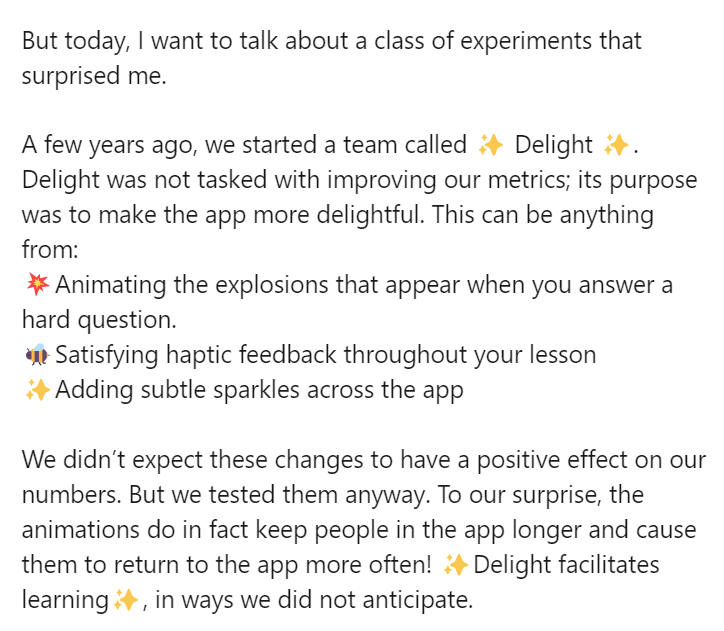I’ve written about this before: I am in the habit of asking my students to ask me five random questions at the end of each class. The questions can be about absolutely anything, the only condition being that they cannot be about the topic we have discussed in class.
The reason I bring this up is because Tim Harford’s column in the Financial Times serves up it’s own share of delightfully random questions:
Last year, inspired by Randall Munroe’s delightful books What If? and What If? 2, I invited the good folk of Twitter to ask me absurd hypothetical questions about the economy, to which I would attempt some serious answers. This year, we’re going to do it all again.
https://timharford.com/2024/01/more-of-your-crazy-economics-questions-answered/
Tim Harford covers five questions in this column, and while I encourage you to go read his answers in his original blogpost, I’ll list out the questions here:
- How big would an asteroid made of precious metal have to be for it to be worth doing a space mission to bring it back?
- Could a universal currency ever be based on electricity, or currents?
- What if your tax bill was discounted by the distance you lived from the centre of London (eg if you lived in Kingsway, you paid the full amount; if you lived in Shetland, you would pay no tax)?
- What if inflation was made illegal? Could we legislate that no prices could ever rise?
- In the UK, we used to print banknotes on paper, now it’s a horrible slippery plastic. Could we use a more environmentally friendly material, like leaves? Or perhaps something edible — printed on some sort of simple flour and water biscuit? No waste!
Magnificent – just magnificent questions. In answering them, Tim Harford covers (without always naming them explicitly) scarcity, relative prices, optimization, the functions of money, volatility, Jane Jacobs, relative prices, price as a signal (not to mention an incentive!), Douglas Adams (!) and the supply of money.
One needn’t stop there, of course. You could introduce many other topics into the discussion, in addition to those already covered by Tim Harford. But the point here is that all of these topics could be introduced in response to the questions asked by the students. These topics aren’t being introduced “because they are a part of the syllabus”, but because these are helpful concepts that help in formulating sensible responses to delightfully random questions.
Sensible responses to delightfully random questions is exactly what “What If” and “What If 2” are all about, as Tim Harford points out in his column. And that, of course, is the guiding spirit behind such questions – students should tap into their natural curiosity about the world, and ask mind-bending and patently ridiculous questions.
This forces the person answering the question to build up their response from first principles, in order to show why and how the answer to the question cannot help but be ridiculous. What a remarkably powerful way to teach, no?
Why is it remarkably powerful? It is remarkably powerful because we ask the students to imagine a better world, if only we could do x. Look at the fifth question in the list, for example.
And then the question becomes, well, why can we not do x? Well, here’s why: reason 1, reason 2 and reason 3. In order to explain our reasoning, we introduce concepts. We don’t introduce concepts Because That Is What We Do So That The Syllabus Is Completed – we introduce concepts in order to answer questions that students came up with.
And I don’t know about you, but both my theory of how the world work and my experience for having taught introductory economics for many years tell me that students are much more likely to be attentive when it is weird questions being answered sensibly.
Or here is another way of putting it: memorizing a textbook, and occasionally asking if it is applicable to the world can get pretty boring. But looking at the world, asking questions about how we can make it better, and then learning about concepts that either validate or invalidate the premise of the question – that’s not boring at all.
Would you rather memorize the functions of money, for example, or would you rather wonder about why we cannot use electricity as a currency? Or time, for that matter! Now, if you were to ask me why we couldn’t use electricity or time as money, I may have to end up explaining the functions of money to you, and also explain why these functions can’t be carried out by time or electricity.
Ah, you might say, that makes sense. Now you know why time can’t be money (hehehe), plus you’ve ended up learning about the functions of money. Fun discussion, plus learning. What’s not to like, I ask you.
If you aren’t asking weird questions, you aren’t learning.
Ask weird questions!













